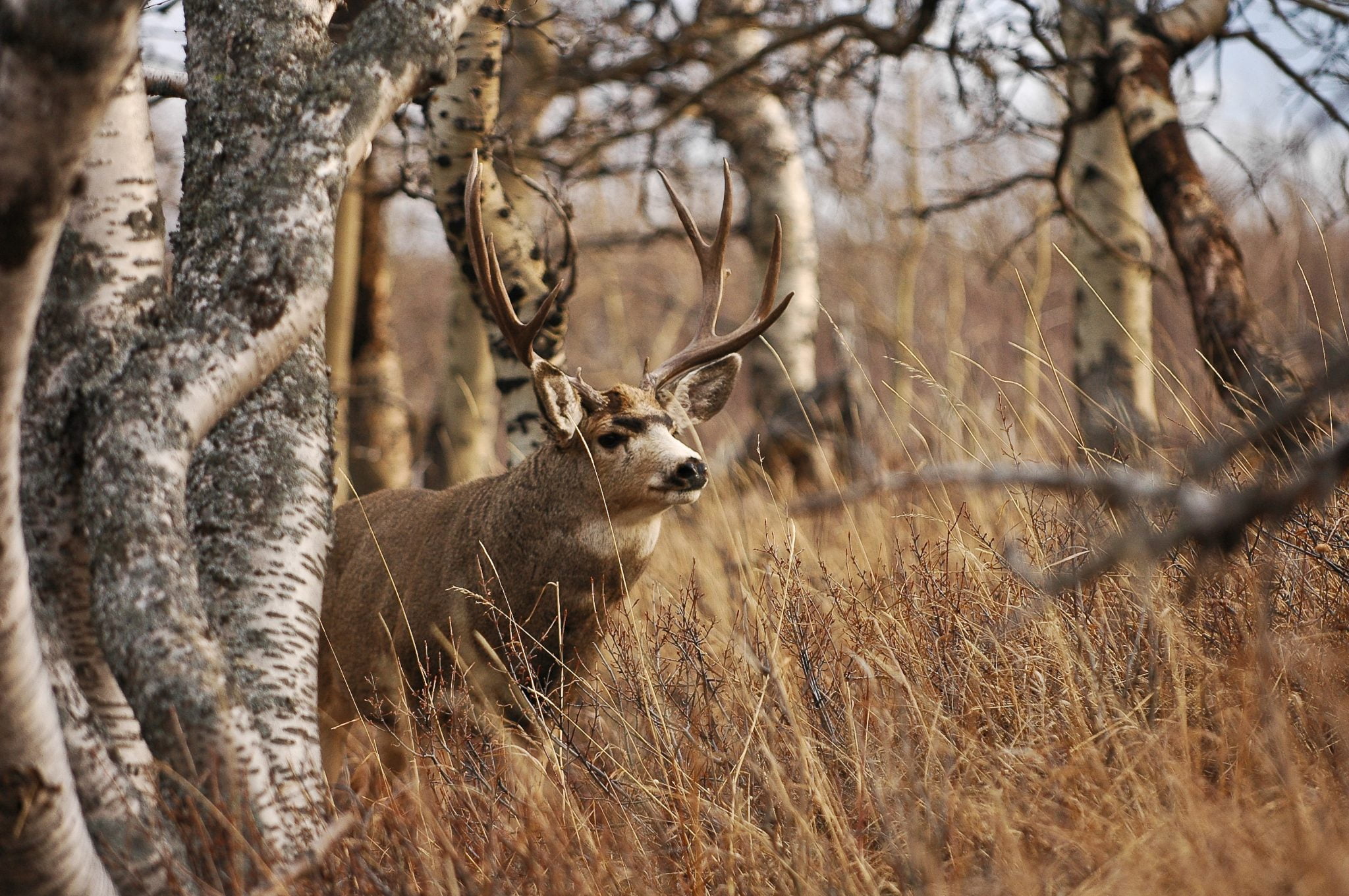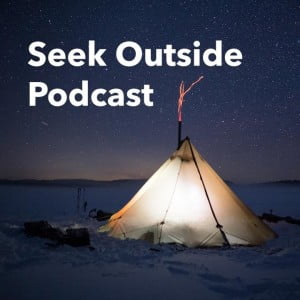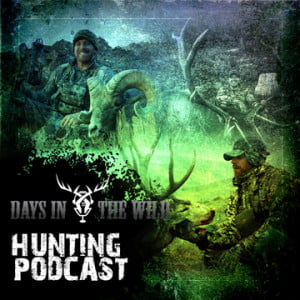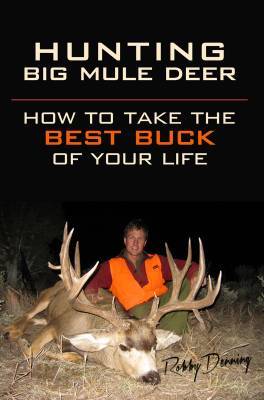 There are at least 15 very good mule deer hunters out there who I follow–some known and some not so known. I notice two traits when I study them:
There are at least 15 very good mule deer hunters out there who I follow–some known and some not so known. I notice two traits when I study them:
- They all achieve success a little differently from the others
- They aren’t very nostalgic about “their” hunting areas
It’s number 2. that I’ll touch on in this blog post.
Nostalgia
Nostalgia: a sentimentality for the past, typically for a period or place with happy personal associations
While it’s good to remember where you came from and how you got here, the downside is that you can get stuck in the past, doing the things that used to work but are no longer effective.
Choosing hunting areas fall into this category. With the information age, things change fast.
10 years ago, all the hunt consultants (and me) were coaching “build points”. It seemed to make sense to plan for the future when you might be able to pull a better tag with a few years of accumulated points. None of us realized the incredible pool of point holders that would soon be able to overwhelm the various western states’ lotteries for good tags.
While I still build points, it’s not really for the big tags anymore, it’s just to keep me in the game for what might be considered average tags just a decade ago.
Anti-Nostalgic Thinking
This is where the Nostalgia concept comes in. If you had a great experience in a unit, it’s natural (and wise) to want to return. However, if the unit is any good at all, the word’s going to get out and you’ll either see hunting pressure increase–often exponentially–or in the case of a draw tag, odds will plummet.
This is why I’m less Nostalgic than I used to be. I can’t count on returning to good places every year like I have in the past. Just last year, I found a great buck (video here) that I’d love to hunt again this year. “Not gonna happen” as my chance of drawing a random tag is in the single digits now that I’ve spent nearly a decade of points. I can’t be too Nostalgic about that area or that buck.
There will be some places I’ll hunt or scout yearly, but that will only be possible if the hunt isn’t very attractive to the masses. Otherwise it’ll be overcrowded soon or I just won’t be able to draw the tag with any frequency.
The Future
These days I’m more flexible than ever. I have to be or I’m not going to be hunting very much (completely unacceptable if you want to be a great deer hunter). For 2020, I’ll scout some of my old standbys, some of which I haven’t seen a great buck in for several years, but I’ll also be applying and looking in new country where I have a reasonable shot at a tag. With that combination, I’ll be stacking up my hunting days in areas where a buck can get old and big. Sooner or later and Lord willin’, I’ll put my tag on another one. So will you if you’re not too Nostalgic.
I spoke about these topics in some of my recent podcasts on the Backcountry Hunting Podcast here
and with Kevin & Dennis of the Seek Outside podcast here.
If you’re up for a buck story, here’s one on my 2019 muzzleloader buck that I recanted with John of the Days in the Wild Podcast here
Read more about all-things-mule-deer-hunting in my book, Hunting Big Mule Deer. Signed copies are available in the Rokslide store, or you can go Amazon for faster delivery.
























